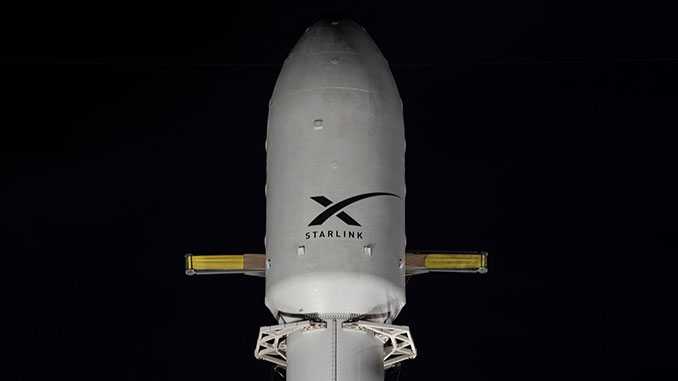
SpaceX is planning a late-night Falcon 9 rocket launch from California, hours after it scrubbed a Falcon 9 launch from Florida on Wednesday.
The Starlink 9-10 mission will add another 20 satellites to the growing megaconstellation in low Earth orbit. Among them are 13 satellites that include Direct to Cell capabilities.
Liftoff from Space Launch Complex 4 East (SLC-4E) at Vandenberg Space Force base is set for 11:02 p.m. PST (0202 a.m. EST, 0702 UTC). This will be the 72nd dedicated Starlink launch this year.
Spaceflight Now will have live coverage beginning about 30 minutes prior to liftoff.
The Falcon 9 first stage booster for this mission, tail number B1081 in the SpaceX fleet, will be launching for an 11th time. Its previous missions included the launches of the Crew-7 astronaut mission to the International Space Station, the CRS-29 cargo flight to the ISS, and NASA’s PACE mission.
Once it leaves the pad, the Falcon 9 rocket will fly in a southeasterly trajectory along the coastlines of California and Mexico. A little more than eight minutes after liftoff, B1081 is set to land on the SpaceX droneship, ‘Of Course I Still Love You,’ which is positioned in the Pacific Ocean.
If successful, this will be the 107th booster landing for OCISLY and the 363rd booster landing to date.
The 13 Starlink satellites on board the mission featuring DTC capabilities will also bring the total number of such satellites launched to 285. Following the most recent launch of these satellites in late October, Ben Longmier, the senior director of satellite engineering for SpaceX, said they were closing in completing this initial segment of the DTC Starlink constellation.
“We will continue to launch and improve the service after that in order to improve the coverage and latency for our partner telcos around the world,” Longmier said in an Oct. 30 post on X, formerly Twitter. Some of those partners include T-Mobile in the U.S., One New Zealand in New Zealand and Rogers in Canada.
Once this flight is in the books, he said there will be just four more launches need to reach their goal.
Also in late October, Longmeir said they conducted the first DTC tests in Japan.
First @Starlink Direct to Cell demo in Japan with our great partner @official_kddi @au_official !!
The test occurred on the island of Kumejima, Okinawa Prefecture, a very beautiful place. https://t.co/WkvyBc3FB5
— Ben Longmier (@longmier) October 24, 2024

